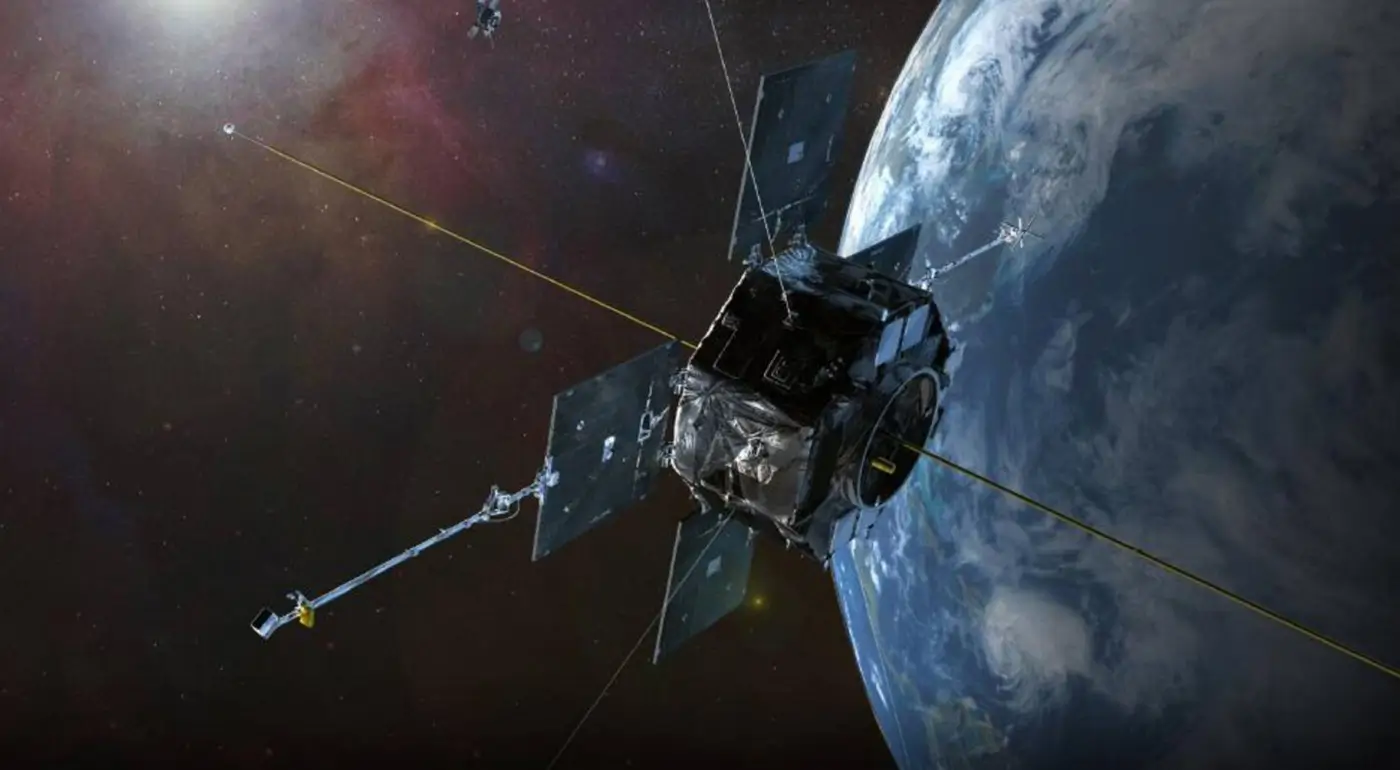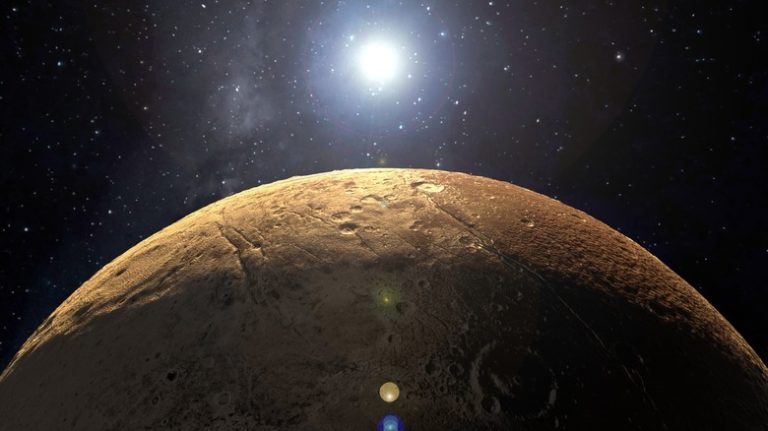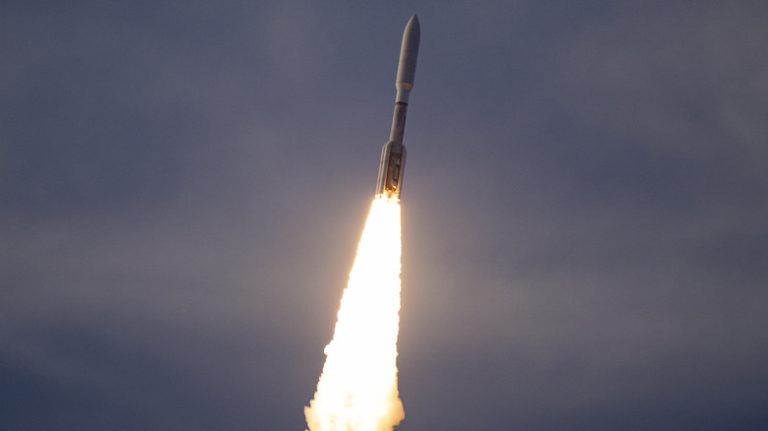Whether it’s from high school physics or a Sigourney Weaver sci-fi film, we all understand that sound doesn’t travel in space. This is because space is a vacuum—a vast empty void where particles cannot collide to transmit sound.
Despite this, modern technology now allows us to “hear” space sounds, revealing a universe full of mysterious noises. From colliding black holes to solar winds, scientists have captured numerous recordings of these cosmic sounds for us to hear.
These aren’t traditional sounds but rather waves and electromagnetic signals that have been converted into audible frequencies. From Earth’s chorus waves to plasma waves from unknown solar systems in the Milky Way, these celestial sounds range from bird-like chirping to eerie whistling. If you’ve ever wanted to eavesdrop on the universe, turn up your volume as we explore nine of the most bizarre sounds scientists have recorded from space.
Black holes merging
Black holes are fascinating cosmic entities that consume anything nearby, including light, much like a giant space vacuum. But what happens when two black holes merge? You might expect a deafening noise, but in space’s vacuum, this isn’t the case.
Scientists have recently detected waves from colliding celestial bodies and converted them into sound. Instead of a loud crash, the event produces a tiny “bleep” noise known as a “chirp.” In 2015, LIGO Labs recorded these waves from 1.3 billion light-years away, marking the first detection of gravitational waves from a black hole merger.
While it may sound like a small blip to us, to astrophysicists, it represents a new era of information about outer space. For the first time, we were able to “hear” this incredible event, and the insights gained could be significant for future research.
Jupiter’s magnetosphere on a Ganymede flyby
If you had to guess which planet in our solar system generates the most space noise, you’d likely pick Jupiter. As a massive gas giant with a red spot larger than Earth and nearly 100 moons, its magnetic field is immense.
During a flyby of Ganymede, Jupiter’s largest moon, NASA’s Juno spacecraft detected emissions from the magnetosphere, which were converted into sound waves. The recording sounds like a garbled message from R2D2, with high-pitched chirps and beeps that change frequency, indicating entry into a different magnetosphere region.
Ganymede has its own magnetosphere, the only known moon to possess one. This unique magnetic environment could be the reason for the amazing sounds detected during the flyby.
Solar winds
If solar winds evoke thoughts of a gentle breeze, you’d be shocked by their true nature. Solar winds are streams of protons and electrons traveling at up to 1 million miles per hour.
Despite this, space’s vacuum means you wouldn’t hear them in the traditional sense. The Parker Solar Probe, orbiting the sun to study solar winds, has detected these particles and converted them into sound. (Voyager 1 has also captured solar wind sounds.)
The result is an eerie whooshing, interspersed with rustling and curious whistles, reminiscent of a sci-fi horror film. Though these sounds are slow-paced, the solar winds’ effects can cause auroras and power blackouts, revealing the formidable energy behind the noise.
Interstellar space, as Voyager 1 left the heliosphere
Since its 1977 launch, Voyager 1 has been on an epic journey, traveling beyond the solar system. In 2012, it broke free of the sun’s influence, entering interstellar space. During this transition, it recorded plasma waves that were converted into sound, allowing us to hear noises beyond our solar system for the first time.
Astrophysicists used the changing pitch and frequencies of these sounds to determine whether the spacecraft was still within the solar system. In 2013, recordings confirmed Voyager 1 had left the heliosphere, with sound frequencies increasing by nearly a factor of 10. As of mid-2025, Voyager 1 and Voyager 2 are billions of miles from Earth, still sending data from the far reaches of space.
Saturn’s radio emissions
Larger planets have greater magnetic fields, so a planet nearly 10 times Earth’s size, like Saturn, is bound to have strong magnetism. In 2017, NASA’s Cassini spacecraft recorded electromagnetic waves between Saturn and Enceladus, one of its 274 moons.
Two weeks before Cassini was intentionally disposed into Saturn’s atmosphere by NASA, it detected plasma waves between Saturn and Enceladus, which scientists converted into audible sound.
The resulting soundtrack resembles an eerie ’80s synth pop track, filled with mysterious whistles and electronic beats. These recordings provide NASA scientists with insights into the interactions between Saturn and its moons, enriching their understanding of plasma waves and the strong magnetospheres of gas giants.
Pulsars
If you could tune into the universe’s language, you’d hear steady ticking, like a cosmic metronome. This ticking comes from pulsars, remnants of massive stars that have collapsed and now spin through space, keeping time.
Pulsars are neutron stars formed from a supernova collapse. They retain enormous mass but shrink to a fraction of their original size, becoming some of the densest objects in the universe. As they spin, they emit electromagnetic waves detectable on Earth, but only from the side facing us, giving them the appearance of a pulse.
Large radio telescopes have detected these pulses, then converted them into ticking sounds. Scientists use them as incredibly accurate cosmic clocks for measurements and calculations, while for the rest of us, they add to the cosmic wonder.
The flipping of Earth’s magnetic fields
We’ve learned much about the North Pole, but not that it used to be the South Pole. We’re talking about the magnetic North Pole, which flipped 780,000 years ago and will likely do so again.
The last full switch was nearly a million years ago, but a temporary flip, the Laschamp event, occurred 41,000 years ago. Space scientists have recreated the unsettling noise it likely made.
Scientists from Denmark and Germany, having studied Earth’s magnetic field, released their interpretation of sounds from the Laschamp event. The result resembles a large wooden object slowly folding, with creaks, scrapes, and melodic notes. These reconstructions are crucial for understanding magnetism’s effects on planets and celestial bodies.
Chorus radio waves from Earth
Another fascinating “sound” we can’t hear is Earth’s chorus waves. These are magnetic waves surging through Earth’s plasma, especially during intense space storms.
Chorus waves travel through the Van Allen radiation belts, containing charged sun particles. They have been recorded by the Van Allen probes and converted into audible sound. The recording is a pleasing sound, akin to birdsong or whale song—a bright, melodic tune for our planet.
While the recordings sound positive, intense storms could pose radiation risks to satellites and spacecraft. Studying chorus wave recordings helps predict and prevent potential disaster.
The sun’s oscillations
With all the cosmic noise we didn’t know about, it’s no surprise that the sun also contributes. Thankfully, the sun’s loud noise, equivalent to a tractor or lawnmower, is inaudible to us.
Heliophysicist Craig de Forest notes that the sun’s sound would be 100 decibels by the time it reached Earth, despite traveling 92 million miles. The sounds result from solar oscillations, massive pressure waves on the sun’s surface and interior.
Scientists have measured these waves and converted them into a detectable frequency by speeding them up 42,000 times. The resulting rhythmic hum lets us hear the sun’s cosmic heartbeat and helps scientists understand the dynamics of our star.






